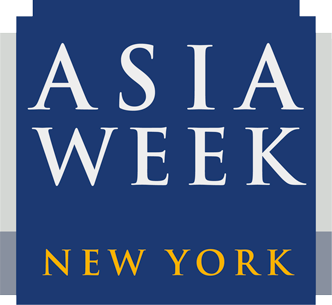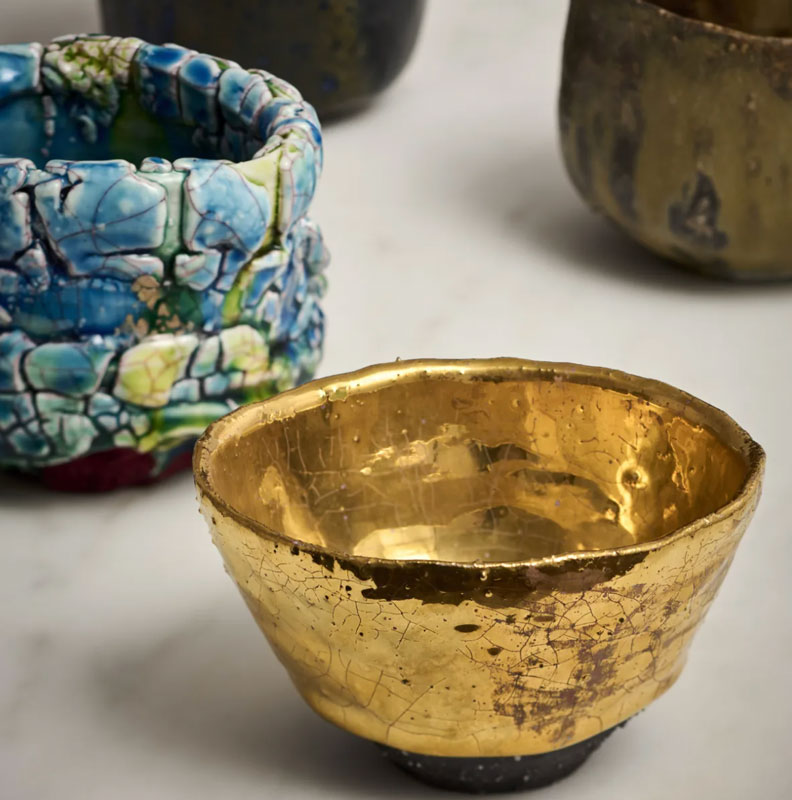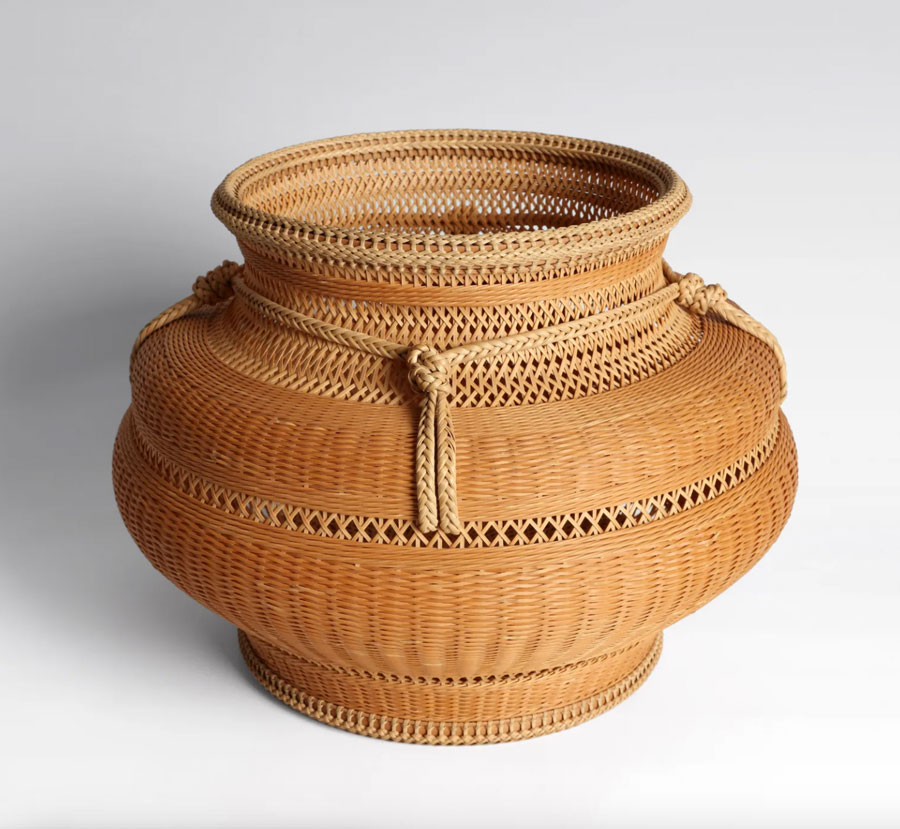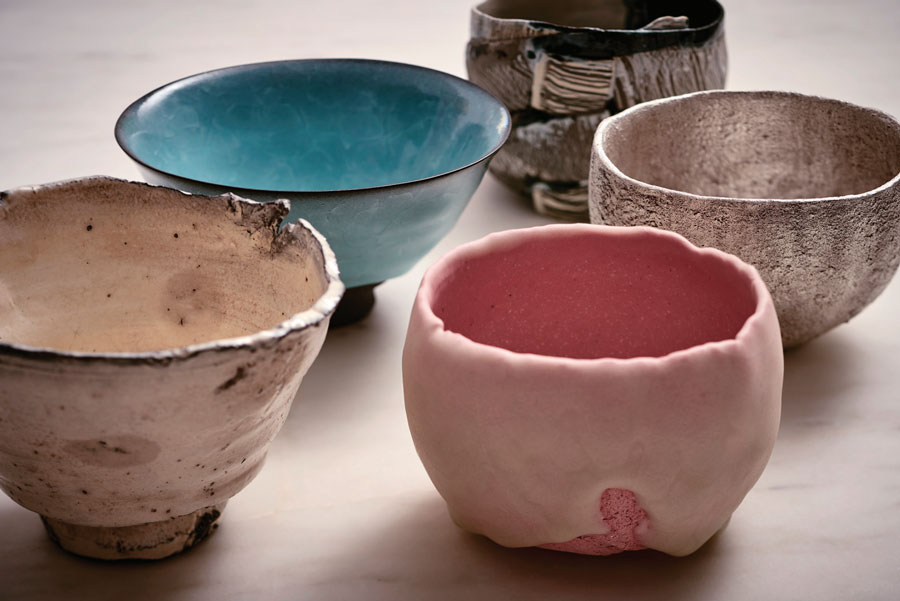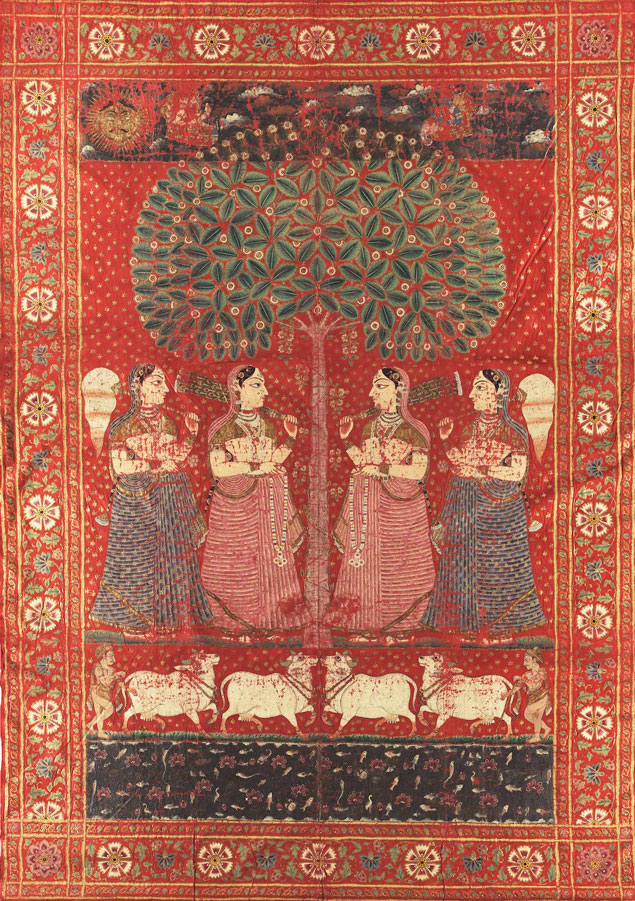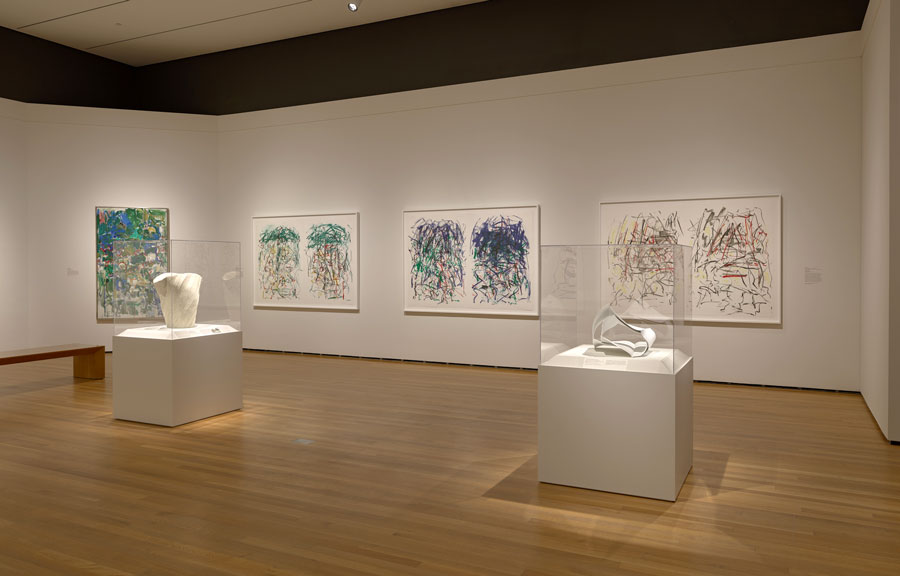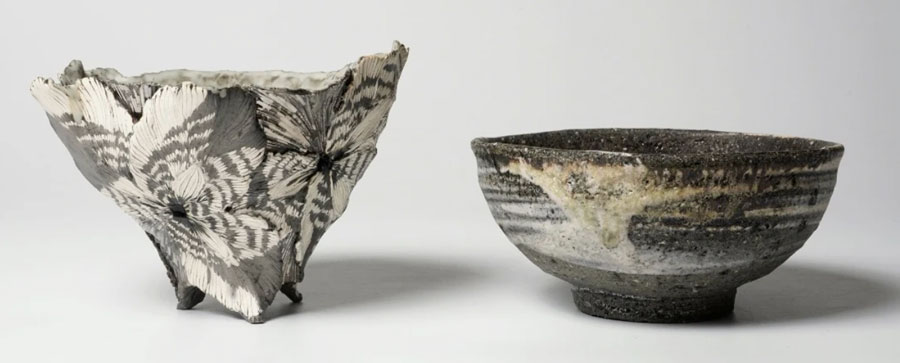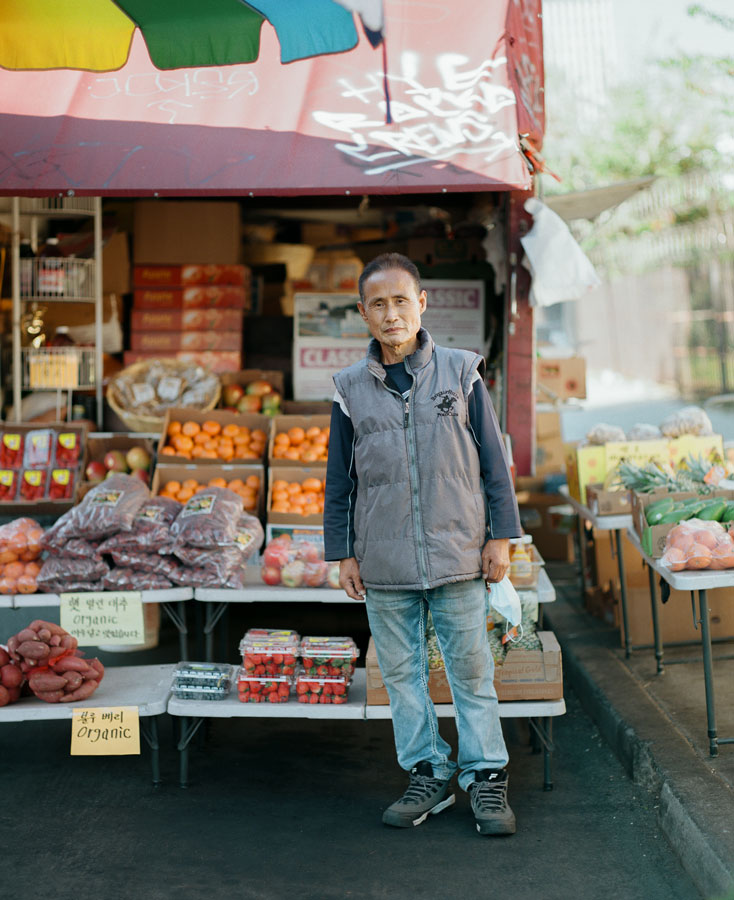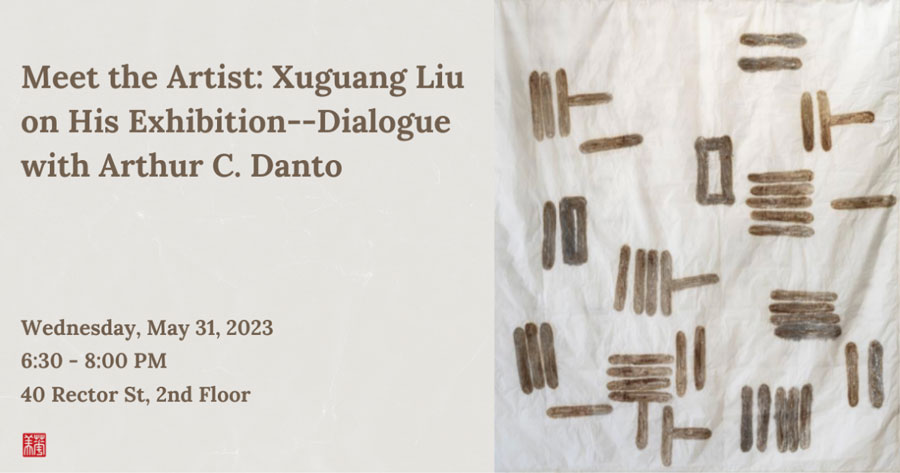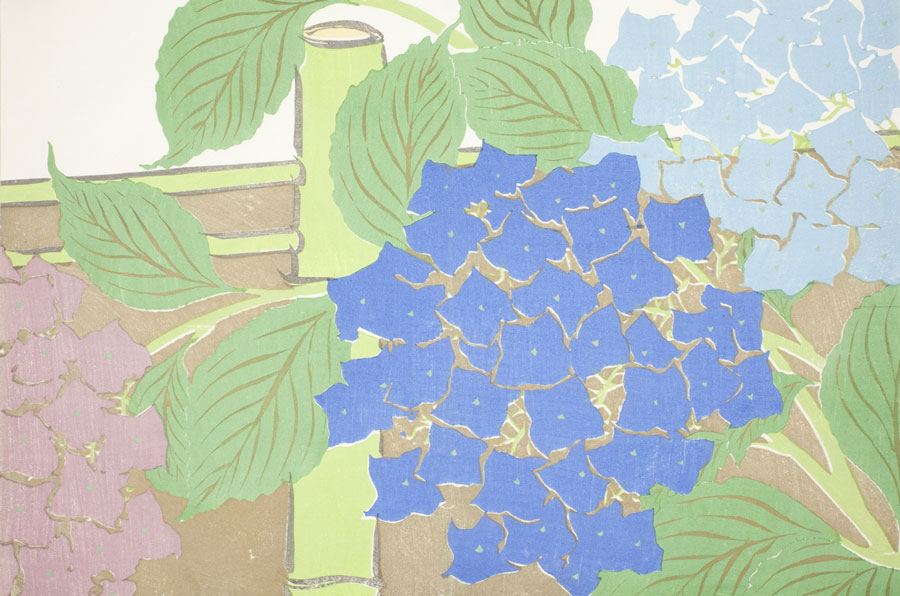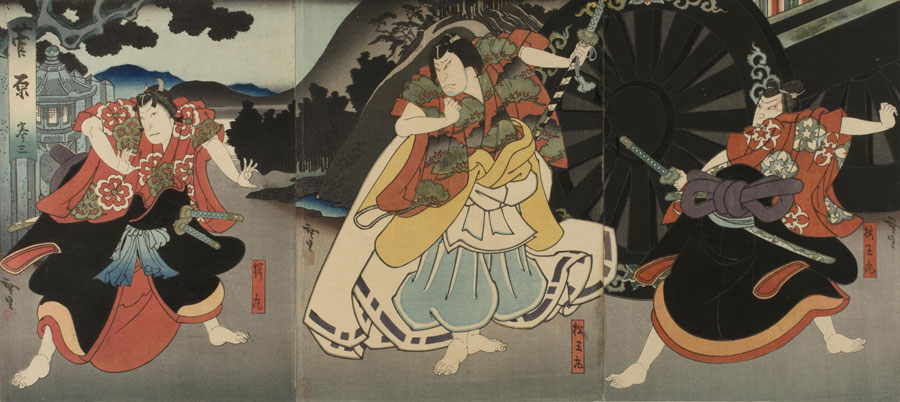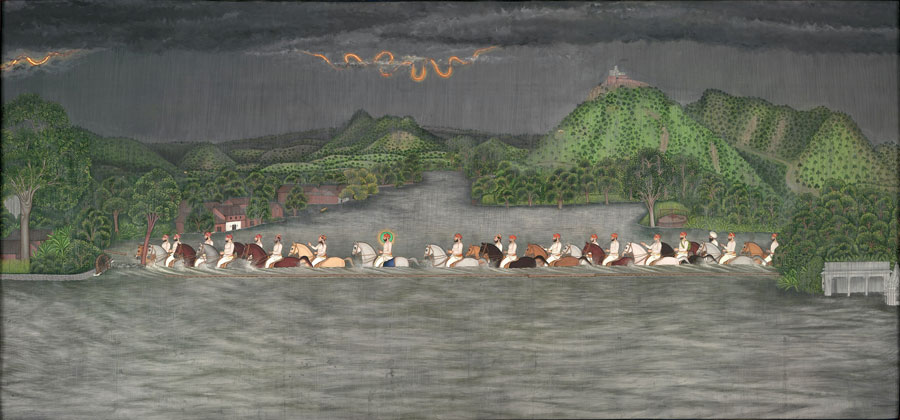
Shivalal (Indian, active 1858–93). Maharana Fateh Singh crossing a river during the monsoon. Northwestern India, Rajasthan, Rajput Kingdom of Mewar, Udaipur, 1893. Opaque watercolor
A Splendid Land: Paintings from Royal Udaipur
June 11-September 10, 2023
Around 1700, artists in Udaipur (a court in northwest India) began creating immersive paintings that convey the mood (bhava) of the city’s palaces, lakes, and mountains. These large paintings and their emphasis on lived experience have never been the focus of an exhibition.
With dazzling paintings on paper and cloth—many on public view for the first time—A Splendid Land reveals how artists visualized emotions, depicted places, celebrated water resources, and fostered personal bonds over two hundred years in the rapidly changing political and cultural landscapes of early modern South Asia.
The exhibition is organized as a journey that begins at Udaipur’s center and continues outward: first to the city, then to the countryside, and finally to the cosmos.
This exhibition has been cocurated by Debra Diamond, the Elizabeth Moynihan Curator for South Asian and Southeast Asian Art at the Smithsonian’s National Museum of Asian Art, and Dipti Khera, associate professor, Department of Art History and Institute of Fine Arts, New York University.
For more information, click here.
